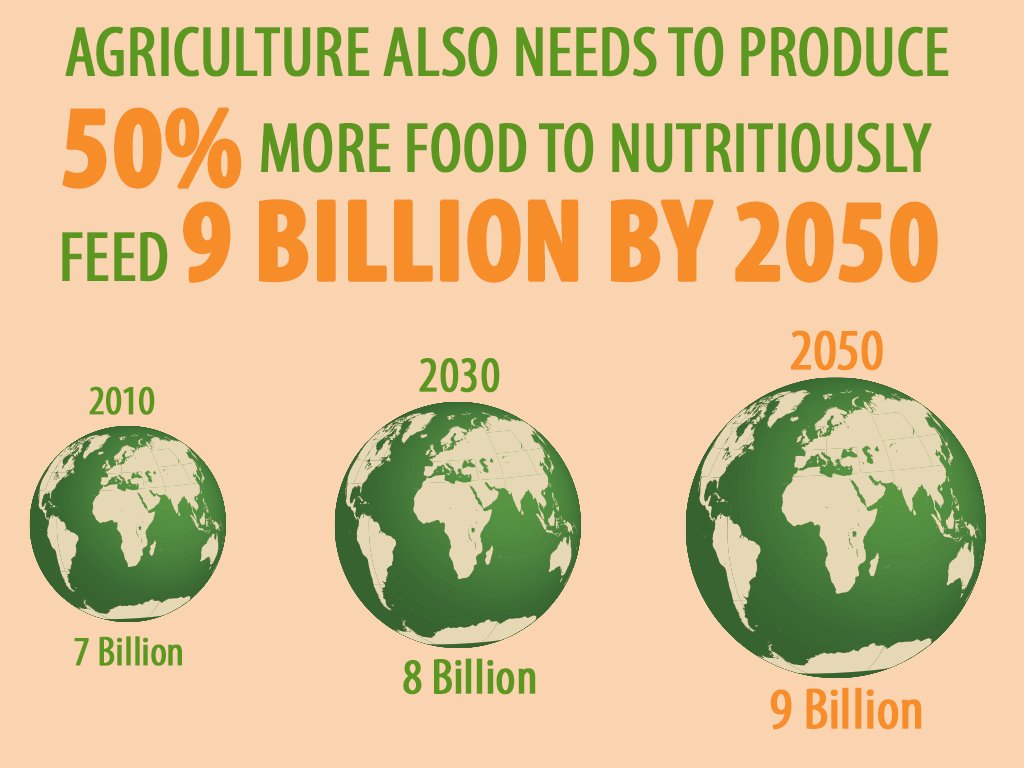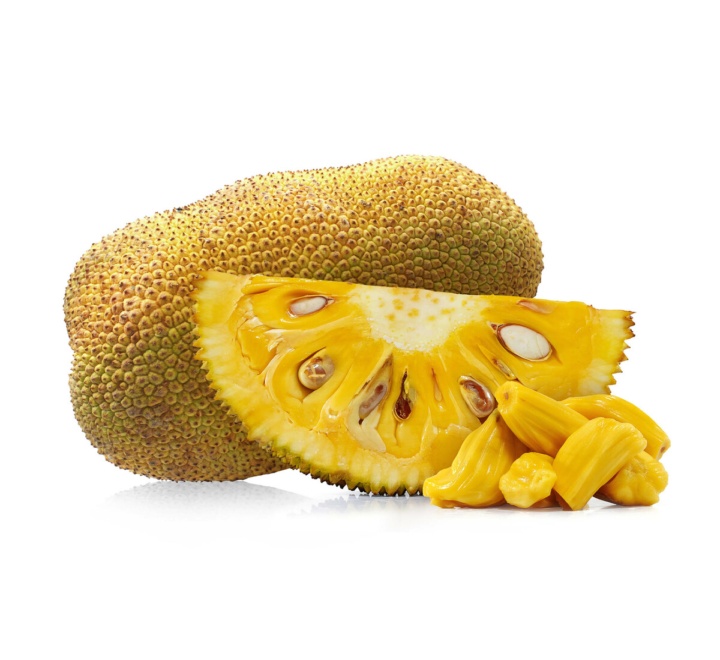In 2050, what food will you be eating? food scarcity
Projections, By the Year 2050 the global population is expected to grow by around 10 billion people. According to the United Nations Environment Programme(UNEP), this indicates that in order to feed everyone, 56 percent more food will need to be produced than is available today. Agriculture is at the core of the solution when it comes to the environmental, economic, and social aspects of sustainability. Hi! you’re reading mayathevoice.com. Today I am going to give you some information about the future. In 2050, what food will you be eating? food scarcity
Principal Reasons Behind Decreasing Agriculture Farming Systems
Low wages and bad working conditions in the agriculture sector, give employment opportunities in other sectors. labor is moving from agriculture to the non-agriculture sector. This trend will reduce the supply of labor for agriculture, pushing the labor wages and overall cultivation cost of a farm product upwards.
but unfortunately, there is not enough agricultural land available to provide larger future populations with the kind of diet people are eating in most countries today. This indicates that there will be big changes to the crops we grow and the food we consume today.
Future Foods
Future problems include everything from developing ecologically sustainable ways to combat climate change to producing more food with fewer resources to feed a fast-growing global population. people will be looking to replace crops that can be grown with lower carbon impression, in sufficient quantities, and which will offer high nutritional value.
From lab-grown meat, edible insects, seaweed, or a stronger shift towards plant-based foods, to massive changes in food production and agriculture, the next decades will see a considerable shift in what food we put on our plates.
Fully Explained Plant-Based Chicken- https://www.youtube.com/watch?v=e3ZbuadvuiI&t=4s
Total Agriculture Contribution
There is no question that by 2050, we will be able to produce 60% more food. Nevertheless, we shouldn’t assume that the 60% figure is a given. We must find ways to feed the globe using fewer resources. The sector of agriculture accounts for 6.4% of worldwide economic production. $5,084,800 million worth of goods and services are involved in this sector. Agriculture’s share of GDP climbed to 19.9% in 2020–21 from 17.8% in 2019–20. We see this growing annually in the future.
World’s most dominant food-producing countries
4 of the world’s most dominant food-producing countries are —China, India, the U.S., and Brazil— Areawise brazil ranks in the top ten countries in the world for total geographic land. The world’s largest grain producer is china with its highly efficient agricultural processes that use minimal arable lands. India is among the world’s largest producers of milk with 22% of total world production, while it excels the most global exports of refined sugar and milled rice. The U.S. is a superpower in food markets too for the longest period of time ever, and it is one of the world’s largest food exporters today. The largest soybean grower in the world is Brazil, which significantly relies on China as an export partner.
Watch the full video here – https://www.youtube.com/watch?v=SCsCtJsURr8
Food Wastage
The fact is that we irresponsibly produce, handle, distribute, and eat our food. Every year, almost 1.3 billion tonnes—or about one-third—of the food produced for human use throughout the world is lost or wasted. Industrialized and developing countries squander roughly the same quantities of food — respectively, 670 and 630 million tonnes.
The majority of food wastage takes place in developing nations, however, this can be changed by boosting infrastructure investments and production, harvest, storage, post-harvest, and processing expenditures. Food wastage is a concern, especially in industrialized nations where customers and retailers throw perfectly edible meals. In Europe and North America, consumers generate between 95 and 115 kilograms of waste per person each year. Consumers in South and Southeast Asia and sub-Saharan Africa only throw 6 to 11 kilograms of food per year.
A sufficient supply of food does not guarantee food security.
Yet, supplying enough food to feed everyone on the planet does not provide food security. Despite having adequate food for everyone, there is still hunger today. By 2050, the agricultural output might increase by 60%, but 300 million people will still lack basic access to food, making them food insecure. Access is central to hunger. People are frequently malnourished because they are unable to produce enough food for themselves or aren’t given sufficient resources to do it.
The livelihoods and health of people can be improved, and healthier ecosystems can result from better agricultural and food systems.




Thanks for sharing. I read many of your blog posts, cool, your blog is very good.
Thanks for sharing. I read many of your blog posts, cool, your blog is very good. https://www.binance.com/en-IN/register?ref=UM6SMJM3
Thanks for sharing. I read many of your blog posts, cool, your blog is very good.